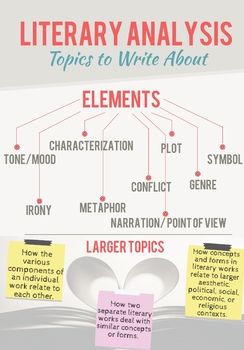Relating to the common core ela common core standards for grades 9 12.
All forms of irony.
It s a literary device that highlights the incongruity a fancy word for difference between one s expectation for a situation and the reality.
The term comes from the latin word ironia which means feigned ignorance the three main types used in literature are dramatic situational and verbal as mentioned above.
But definitely do use these tips to identify all three types of irony to better understand your test questions or reading materials.
There are many ways to play with irony.
But when deployed with skill irony is a powerful tool that adds depth and substance to a piece of writing.
Any of these types can play the role of comic irony.
There are roaches infesting the office of a pest control service.
Writers divide irony into many types.
Lots of people know what irony is but find it hard to explain despite all those high school english lessons.
How it sets a formal or informal tone.
Irony is predominantly defined within three main categories.
Dramatic irony occurs when the audience or reader of a text knows something that the characters do not.
It can also arise from the situation presented in the work.
Irony from ancient greek εἰρωνεία eirōneía meaning dissimulation feigned ignorance in its broadest sense is a rhetorical device literary technique or event in which what on the surface appears to be the case or to be expected differs radically from what is actually the case.
Although many of us learn about irony in our high school english classes through works of theater like shakespeare s romeo and juliet or sophocles s oedipus rex many people feel unsure of what irony means or how to use it correctly.
This is great because it brings added layers and texture to a story.
As a literary device irony is often misunderstood.
Irony which creates comic effects is known as comic irony.
Irony is often employed to point out a central idea or to cause the reader or audience to think more deeply about what.
Other types of irony.
Determine the meaning of words and phrases as they are used in the text including figurative and connotative meanings.
Irony is a storytelling tool used to create a contrast between how things seem and how they really are beneath the surface.
Irony is a literary device that pits appearance or understanding against reality.
So here s an irony definition.
Authors employ all types of irony in their work and it s an important part of.
Sarcasm is a particularly biting form of verbal irony.
Now that you ve mastered irony in all its forms take care not to overuse it.
Dramatic irony situational irony and verbal irony.
Analyze the cumulative impact of specific word choices on meaning and tone e g how the language evokes a sense of time and place.
Irony is commonly found in literature poetry and plays though it can appear in any form of writing or entertainment.
It is also a type of irony and comes in many forms and can derive from ironic statements by characters or narrators in a work of fiction.

